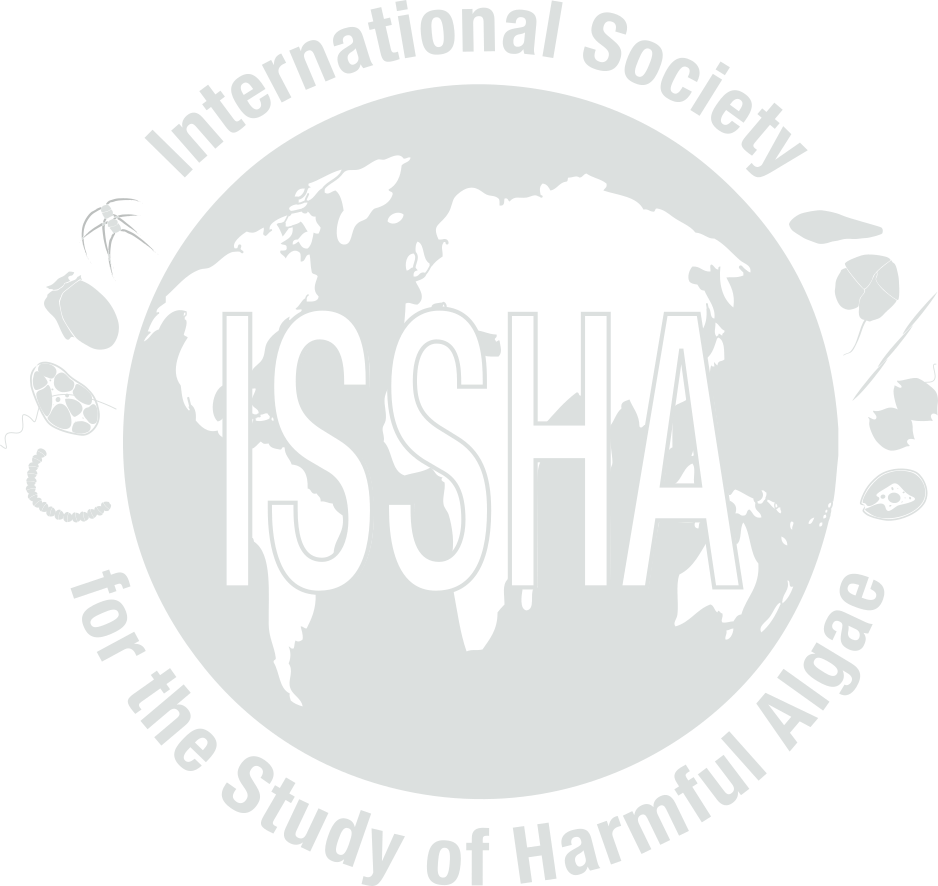|
Causative organism known:
|
Yes
|
|
Causative Species/Genus:
|
Dinophysis acuta
(22,760 cells/L)
31 August. From 13 July to 4 December in Ria de Vigo
Dinophysis acuminata
(2,360 cells/L)
13 July. from 2 May to 2 November in Ria de Vigo
|
|
Co-Ocurring Species/Genus:
|
|
|
Chlorophyll concentration, if known:
|
µg/l
|
|
Additional bloom information:
|
Other species of Dinophysis (D. rotundata, D. caudata and D. tripos) appeared in lower concentrations.
During the summer, Dinophysis cells represented only a small fraction of the total phytoplankton population.
Sampling was carried out with a hose-sam
|
|
Event-related bibliography:
|
More information in: Reguera et al, 1990. 'Distribution of Dinophysis acuta at the time of a DSP outbreak in the rias of Pontevedra and Vigo (Galicia, NW Spain)'. I.C.E.S. 1990. CM. 1990/L: 14
|
|
Weather:
|
|
Turbidity (NTU):
|
|
Wind direction:
|
|
|
Stratified water:
|
Yes
|
Oxygen content (nL/L):
|
|
Wind velocity:
|
|
|
Temperature (°C):
|
|
Oxygen saturation %:
|
|
Current Direction:
|
|
|
Sechhi disk (m):
|
|
Salinity:
|
35
|
Current Velocity:
|
0
|
|
|
Nutrient information:
|
|
|
Temperature Range During Event:
|
Max: °C, Min: °C
|
|
Salinity Range During Event:
|
|
|
|
Bloom location in the water column:
|
|
|
Growth:
|
Advected
In situ
|
|
Growth Comments
|
Both mechanisms could occur. Dinophysis acuta concentrations are usually higher offshore, and they seem to be pushed into the rias when winds change from northerly to southerly. This mechanism is suggested for D. acuta in autumn in the Rias Bajas. The sum
|
|
Additional Environmental information:
|
Normal surface temperatures in the summer are 15-18º C due to upwelling, this year temperatures remained high and reached values above 21º C in August.
In July and above all in August there were strong thermal gradients between 0 and 20 m, in September
|



